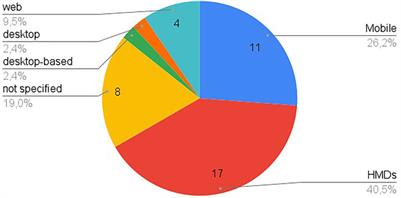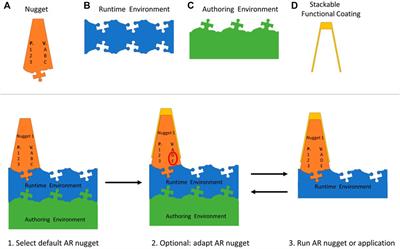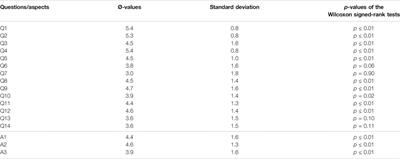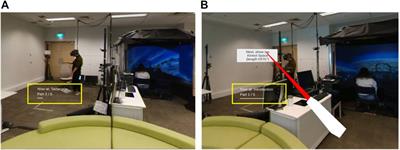REVIEW
Published on 27 Apr 2022
A Review on Augmented Reality Authoring Toolkits for Education

doi 10.3389/frvir.2022.798032
- 6,429 views
- 36 citations
2,766
Total downloads
16k
Total views and downloads
REVIEW
Published on 27 Apr 2022

ORIGINAL RESEARCH
Published on 28 Mar 2022

ORIGINAL RESEARCH
Published on 25 Feb 2022

ORIGINAL RESEARCH
Published on 14 Jan 2022
